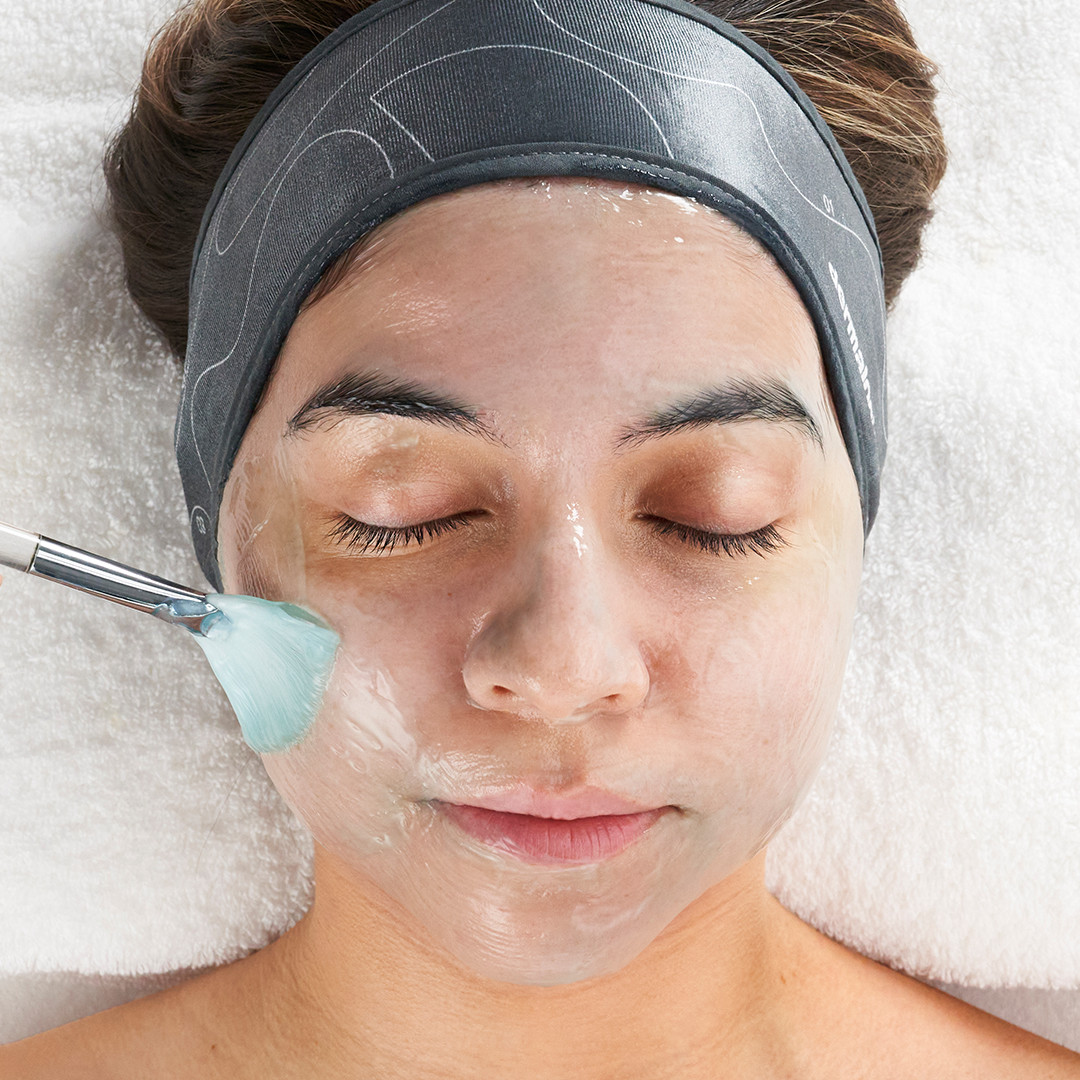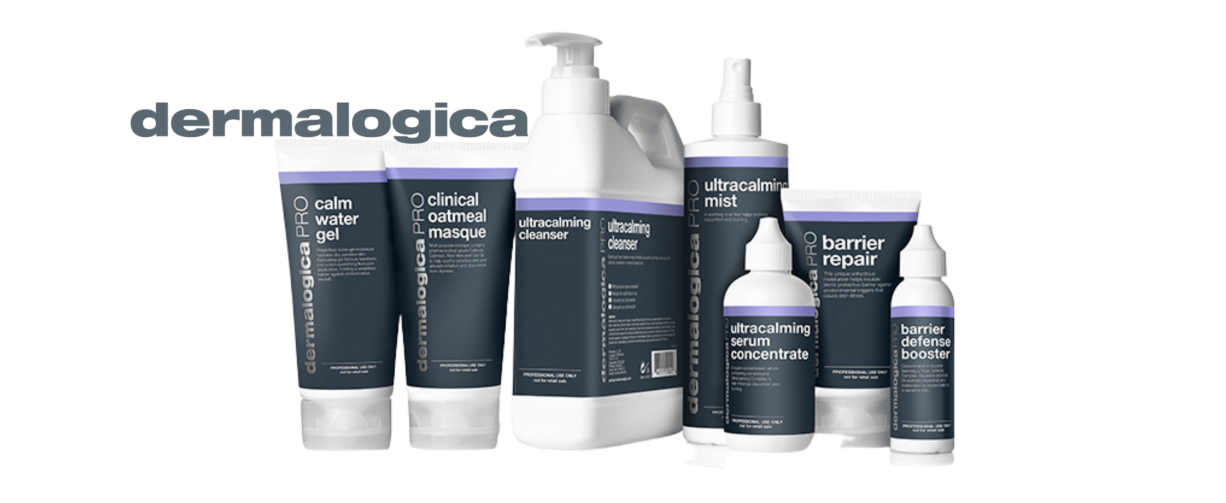Sensitivity Vs Barrier Disruption
How many times have you consulted with a client who claims “I have sensitive skin” only to find out shortly after that this isn’t the case? We are confident most of you will answer “so many times!”. As we know, sensitive skin is not the same as a disrupted barrier, though they are strongly correlated. Symptoms that look like sensitivity, such as redness, stinging or burning, itchiness, papules or pustules, or reactions to active ingredients may all indicate a disrupted barrier and trick your clients into thinking they have sensitive skin.
This has been increasingly common over the past year in particular, perhaps due to significant increases in stress, big fluctuations in skincare regimes thanks to lockdowns, mask-wearing, and the overwhelming number of chemical exfoliants popular on the consumer market. Thus, many of us are highly focused on bettering our strategies and our education around barrier disruption and how to re-strengthen the skin.
We know that a healthy barrier is essential in order to keep moisture in, and environmental pollutants and microbes out. Transepidermal Water Loss (TEWL) occurs when the skin’s protective barrier is compromised, allowing excess moisture to evaporate from the skin. This dehydration can further exacerbate sensitivity symptoms and inflammation, and amplify visible redness, dehydration, irritation, dryness and discomfort. Therefore, reestablishing moisture and hydration and sealing it in with occlusive agents (and sunscreen!) is essential when approaching an impaired barrier. In addition, your approach should contain agents designed to reduce the inflammatory cascade and enhance healing properties, and steer clear of any products or treatments that do the opposite.
Lastly, educating your clients and patients on all of this is perhaps the most important step of all. Creating a tailored plan for them is one thing, but ensuring they are compliant is another. If your clients don’t truly understand why they can’t use their favourite exfoliant, or what harm they can do by using that retinol cream of theirs every so often, there is little chance they will follow through on their instructions to the letter.
We know that a healthy barrier is essential in order to keep moisture in, and environmental pollutants and microbes out. Transepidermal Water Loss (TEWL) occurs when the skin’s protective barrier is compromised, allowing excess moisture to evaporate from the skin. This dehydration can further exacerbate sensitivity symptoms and inflammation, and amplify visible redness, dehydration, irritation, dryness and discomfort. Therefore, reestablishing moisture and hydration and sealing it in with occlusive agents (and sunscreen!) is essential when approaching an impaired barrier. In addition, your approach should contain agents designed to reduce the inflammatory cascade and enhance healing properties, and steer clear of any products or treatments that do the opposite.
Lastly, educating your clients and patients on all of this is perhaps the most important step of all. Creating a tailored plan for them is one thing, but ensuring they are compliant is another. If your clients don’t truly understand why they can’t use their favourite exfoliant, or what harm they can do by using that retinol cream of theirs every so often, there is little chance they will follow through on their instructions to the letter.
As for professional treatments - let us introduce you to Dermalogica’s newly launched PRO Calm skin treatment protocol, designed to soothe inflammation and strengthen sensitive skin. Pro Calm holistically targets a range of sensitive skin conditions, utilising soothing botanical actives to reduce inflammation while incorporating lymphatic drainage and pressure point massage to help to calm a stressed nervous system. Light therapy is also incorporated to further reduce redness and improve cellular health. Overall, this treatment aims to hydrate, balance and restore the skin barrier for reduced redness and calmer, more resilient skin.
Protocol phases
Phase 1: Visibly reduce redness and gently but thoroughly clean with a double cleanse.
Phase 2: Professional masques to help nourish skin and restore skin’s barrier
Phase 3: Layered soothing actives to help maintain skin’s barrier integrity after treatment

These phases are recommended to be combined with Dermalogica Touch Therapies such as Stress Relief Scalp Touch Therapy, Pressure Point Touch Therapy, or Lymphatic Clearing Touch Therapy. Psychological stress is demonstrated to exacerbate inflammation significantly resulting in premature cell damage, so these types of interventions are highly recommended for any inflammatory condition including barrier disruption.
The release of PRO Calm comes as part of Dermalogica’s new era of medical-grade products, services, and education programs, designed especially for cosmetic doctors, nurses, and dermal clinicians. Additional protocols include PRO Firm, PRO Clear, and PRO Bright, including additional advanced treatments of PRO Microneedling & PRO Power Peel. For more information on these new medi-treatments, contact the Dermalogica team.



